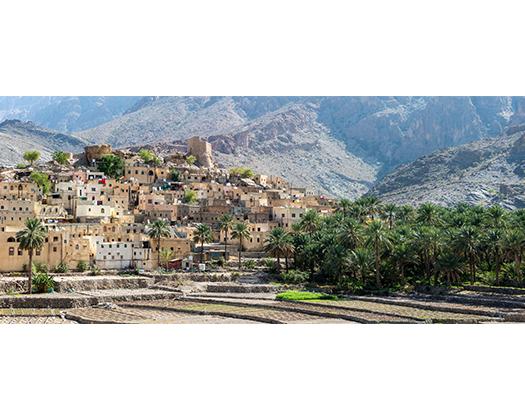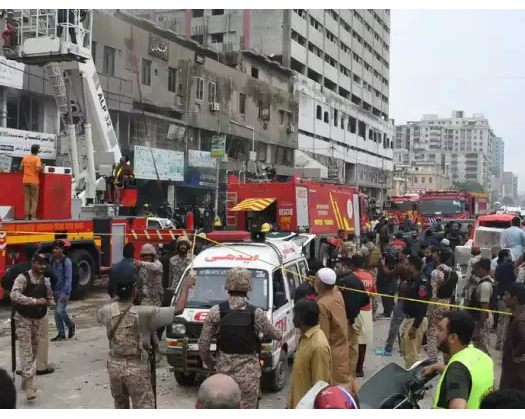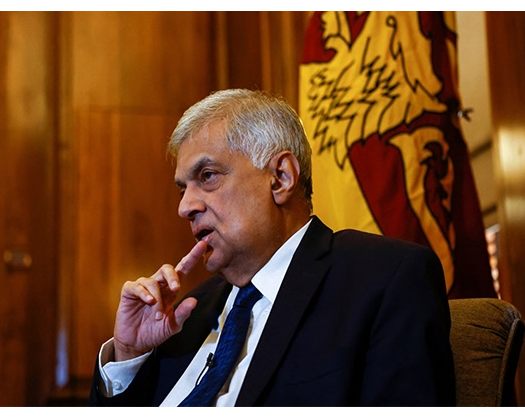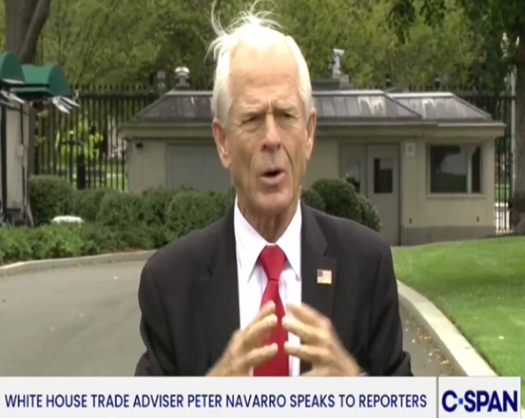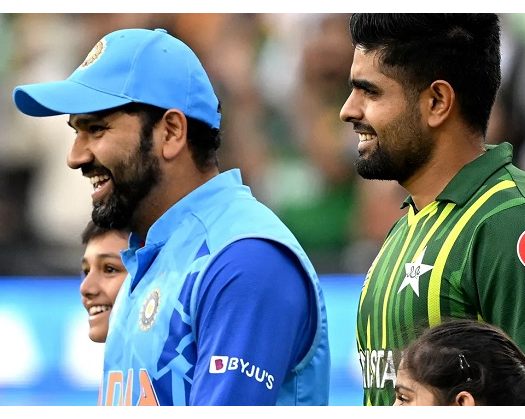Muscat: The Sultanate of Oman has been recognized as the leading nation in Asia for the quality of life, securing the fourth position on a global scale.
In a recent assessment conducted in the middle of the year by Numbeo, Oman found itself in the fourth position, trailing behind Luxembourg, the Netherlands, and Denmark. Luxembourg has emerged as the global leader in the quality of living index for the mid-2024 period, achieving a score of 219.3 points.
The Netherlands follows closely behind with a score of 207.5 points, securing the second position. Denmark ranks third with a score of 205.6 points, and Oman is positioned fourth with a score of 204 points.
The Quality of Life Index offers a thorough evaluation of various factors that contribute to the overall well-being and living standards of individuals residing in a specific country or city.
The high ranking of Oman can be attributed to several factors that significantly influence the quality of life, including purchasing power, pollution levels, housing affordability, cost of living, safety, healthcare quality, commute times, and climate conditions.
Qatar has been ranked 17th with a score of 182.9 points, the United Arab Emirates 20th with a score of 175.5 points, Saudi Arabia 25th with a score of 170.5 points, and Kuwait has been ranked 37th in the survey with a score of 152.5 points. The Quality of Life Index, which reflects an estimation of the overall quality of life, employs an empirical formula considering factors such as the Purchasing Power Index (higher is better), Safety Index (higher is better), Climate Index (higher is better), Pollution Index (lower is better), House Price to Income Ratio (lower is better), Cost of Living Index (lower is better), Health Care Index (higher is better), and Traffic Commute Time Index (lower is better).
Muscat has been recently recognized as the third most scenic city at night in the world by Travelbag, a company specializing in multi-destination trips. Muscat was placed behind Dubai and Tokyo, which secured the top two positions.
The travel company utilized criteria such as Instagram hashtags, light and noise pollution levels, and the safety of walking alone at night to determine the top cities in the world during nighttime.

